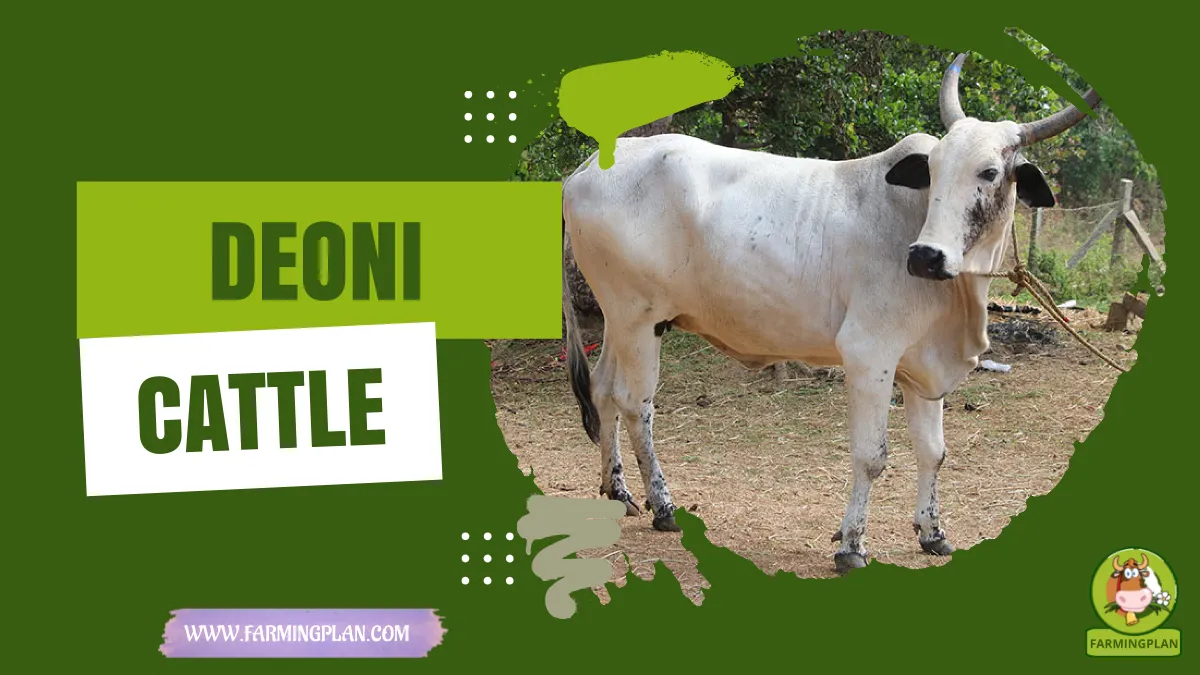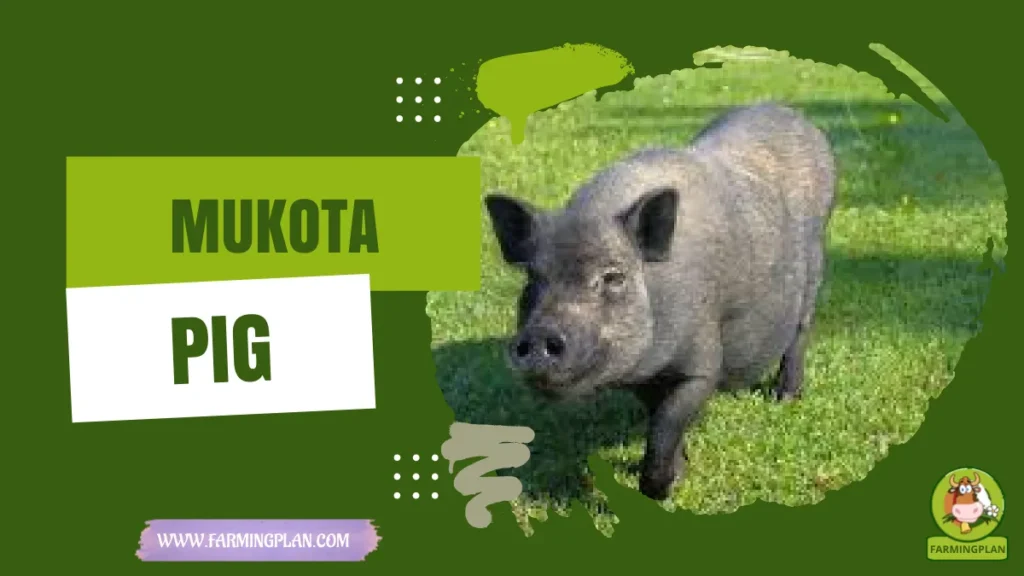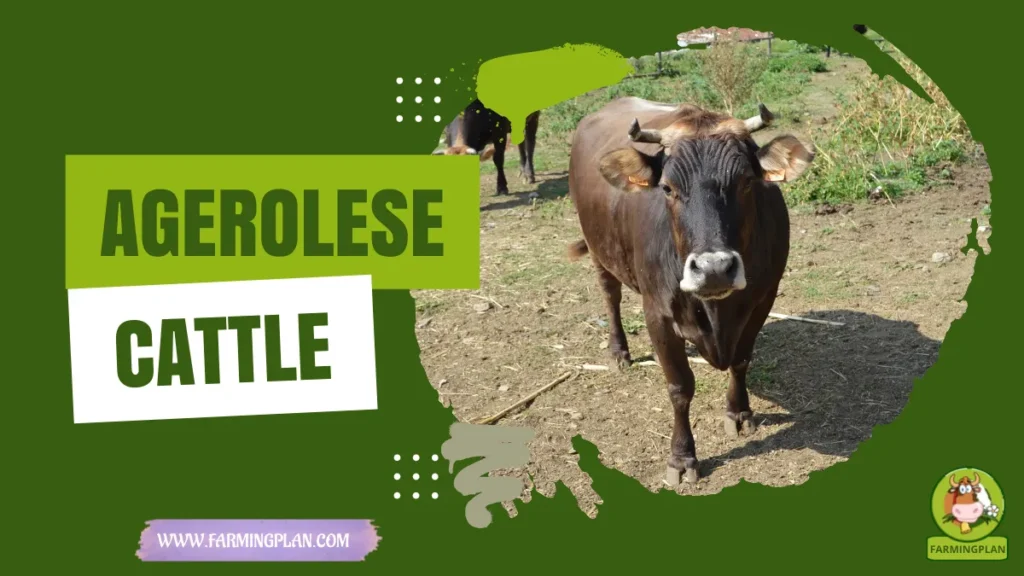The Deoni cattle is originally from India, the name of this breed comes from its place of origin. Although the meaning of its name is of the hills, it is a breed that has been perfected in the last 2 centuries. This breed comes from the combination of several races including the Gir breed, danger and the local cattle. In fact, the influence of the gry in its formation is evident in the format of the head and ears and horns, on the other hand, it also looks like the danger in its body shape.
The Indian Deoni breed was created to be a workhorse. It can carry loads up to 300kg on its back and has been popularly used for farming in the Marathwada region of Maharashtra state since its creation over 100 years ago.

Characteristics of Deoni Cattle
The Deoni cattle is a medium-sized breed with good depth, short limbs, a well-developed hump; well-formed and fleshy thighs. The structure of its body denotes strength. Its color is normally full white, as well as white species with a black face and white with black spots. Also, the skin is loose and of medium thickness. The double chin is heavy and hanging. The skull is convex and the horns emerge outward and backward.
This breed has horns in both the male and female, which are small in size, come out behind the eyes, and have an upward direction. In addition, the horns have a strange peculiarity in the tip, which is thick. While the ears are usually drooping, there are some animals that the ear that has a unique curvature. In addition, they have a widened front. On the other hand, they have large, bright eyes, with black eyebrows and eyelashes.
Production data measured in sedentary conditions, with 2-3 months of stabling per year. And fed on pastures and sometimes fodder and concentrates revealed that the age at first calving varies between 47 and 51 months of age. In addition, males of this breed can reproduce at the age of 30 months. The birth weight is around 23 kg.
While the average milk production goes from 600 to 1.500 kg in 300 days of lactation. What amounts to milk production of around 5 to 8 liters per day. However, milk production varies according to the feeding of livestock. And the percentage of fat in the milk is below 5%. Cows have a well-formed udder with well-placed teats.
The weight of the males is between 630 kg. at 680 Kg. While the females of this species are between 430 to 490 Kg. It also has a height of 150 centimeters in males and 140 centimeters in females. You may also like to read Charolais Cattle.
Food
The Deoni cattle has its feed based on forage and pasture. The forage is usually obtained in open spaces, in green areas. However, for a good quality of milk production, this breed should be fed with cereals. Among the corn, rice, wheat sugar cane, as well as peanuts. You may also like to read Galloway Cattle.
In this way, the calves will have a good diet, which ensures good growth. The males, when they are 20 months old, separate from the mothers to enter them in heavy work. In the same way, males who practice heavy work should be fed with forage, from those obtained in open spaces. As well as dry forage, in this way, it will be ensured that they are productive enough.
Usage
The Deoni cattle for their large size and resistance are mostly used as pack animals. In addition, breeders appreciate this breed for being also a breed of milk of good quality. They have very good longevity, which is why breeders give them between 10 and 12 years to do heavy work. The males are used as animals of charge and for reproduction.
Special Feature
The Deoni cattle have low mortality in calves and in adult breeds. In addition, it adapts very well to warm and tropical climates and is very resistant to sun exposure. The hulls of this race are black, resistant and hard, a feature that makes this race suitable for heavy work. That is why it is considered a resistant breed, in addition, they have a system that is very strong against diseases. You may also like to read Limousin Cattle.
On the other hand, this species has a hump, which is larger and develops more in males than in females. There are some breeders who prefer to castrate their cattle at 30 months of age, then after 3 years place them as pack animals. 2 Deoni cattle males can move 1.000 Kg, and the maximum they have come to transport is 3.000 kg in a distance of 10 to 15 Kilometers. In addition, forced labor can be done around 8 hours a day. At the age of 5 and 6 years, males reach their maximum potential point.
FAQ
What is a Deoni also known as?
The Deoni is a breed of cattle native to the Indian state of Karnataka. It is also known as “Desikar Gidda” or simply “Gidda”. The breed traces its origin to the Deccan plateau, in Central and Southern India, making it one of several distinct breeds native to India. Historically, it was used for both dairy and draft purposes but has since been replaced by other breeds for draft tasks due to its lower body weights.
What is the character of a Deoni cow?
The Deoni cow is a dual-purpose Indian breed that exhibits many admirable qualities. It has been bred for both dairy and draft purposes with strong, sturdy legs and a comfortable milking capacity. The Deoni cow is well known for its remarkable docile temperament – they are easy to handle and rarely get agitated, which makes them an ideal choice for dairy farmers who prefer calmer cows. Their deep body color ranges from black or dark brown to dun or light gray. Their faces tend to be lighter than their body, often having white markings around the eyes, muzzle, jawline, or neck area.
What is the Colour of Deoni cow?
The Deoni cow is a breed of zebu (also known as humped cattle) found mainly in the Marathwada region of Maharashtra, India. It is particularly well-known for its distinctive colour, which has been described as “shining black with red or blue lacing”. The lacing pattern is unique and distinct to each animal.
Conclusion
The Deoni is a breed of draught cattle that originated in the Latur district of Maharashtra state. It was named after the taluk of Deoni and distributed mainly in the Latur, Nanded, Osmanabad and Parbhani districts of the Marathwada region as well as the Bidar district of Karnataka. Hope this guide has helped you! Good luck with your research!
As a reference: Wikipedia


